News
-
 Tech
TechA trick inspired by Hansel and Gretel could help rovers explore other worlds
Taking a cue from a classic fairy tale, scientists propose a way for rovers to send back data from treacherous terrain.
-
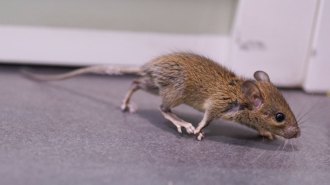 Neuroscience
NeuroscienceIn mice, anxiety isn’t all in the head. It can start in the heart
Scientists used optogenetics to raise the heartbeat of a mouse, making it anxious. The finding could offer a new angle for studying anxiety disorders.
-
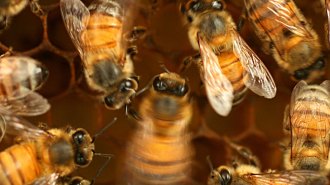 Life
LifeHoneybees waggle to communicate. But to do it well, they need dance lessons
Young honeybees can’t perfect waggling on their own after all. Without older sisters to practice with, youngsters fail to nail distances.
By Susan Milius -
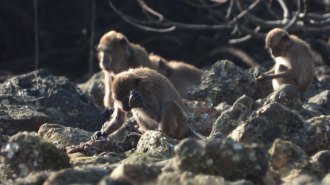 Archaeology
ArchaeologySome monkeys accidentally make stone flakes that resemble ancient hominid tools
A study of Thailand macaques raises questions about whether some Stone Age cutting tools were products of planning or chance.
By Bruce Bower -
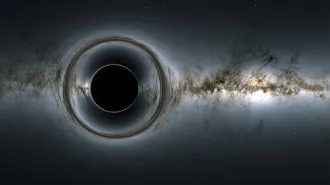 Astronomy
AstronomyA runaway black hole has been spotted fleeing a distant galaxy
A bright streak stretching away from a remote galaxy might be the light from stolen gas and new stars caught in the wake of an escaping black hole.
-
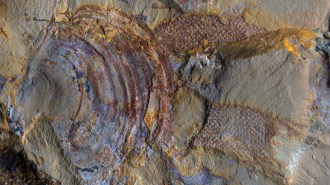 Paleontology
Paleontology520-million-year-old animal fossils might not be animals after all
Newly described fossils of Protomelission gatehousei suggest that the species, once thought to be the oldest example of bryozoans, is actually a type of colony-forming algae.
By Sid Perkins -
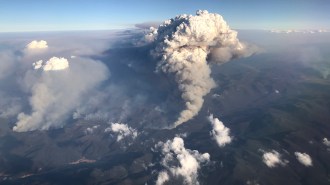 Climate
ClimateHow wildfires deplete the Earth’s ozone layer
Scientists detail the chain of chemical reactions that occur when wildfire smoke enters the stratosphere.
-
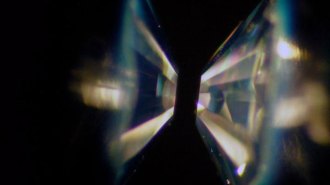 Physics
PhysicsIs this the superconductor of scientists’ dreams? A new claim faces scrutiny
It’s big, if true: transmitting electricity with no resistance at room temperature and moderate pressure. But controversy dogs the team making the claim.
By Emily Conover and James R. Riordon -
 Health & Medicine
Health & MedicineAn antibody injection could one day help people with endometriosis
An injectable antibody treatment that reduced signs of endometriosis in monkeys is now being tested in a Phase 1 clinical trial in people.
By Meghan Rosen -
 Health & Medicine
Health & MedicineBird flu can jump to mammals. Should we worry?
Reports of bears and sea lions infected with H5N1 have sparked fears about the pandemic potential of bird flu. Experts are keeping a close eye on its spread.
-
 Cosmology
CosmologyAstronomers spotted shock waves shaking the web of the universe for the first time
Studying these elusive shock waves could give scientists a better look at the mysterious magnetic fields that permeate the cosmic web.
By Elise Cutts -
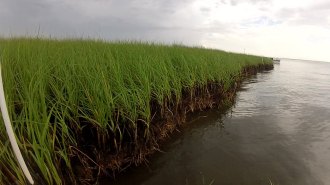 Environment
EnvironmentThe Deepwater Horizon oil spill ruined long-term shore stability
For at least eight years, the oil disaster continued to kill soil-retaining marsh plants along the Louisiana coast, accelerating shoreline loss.